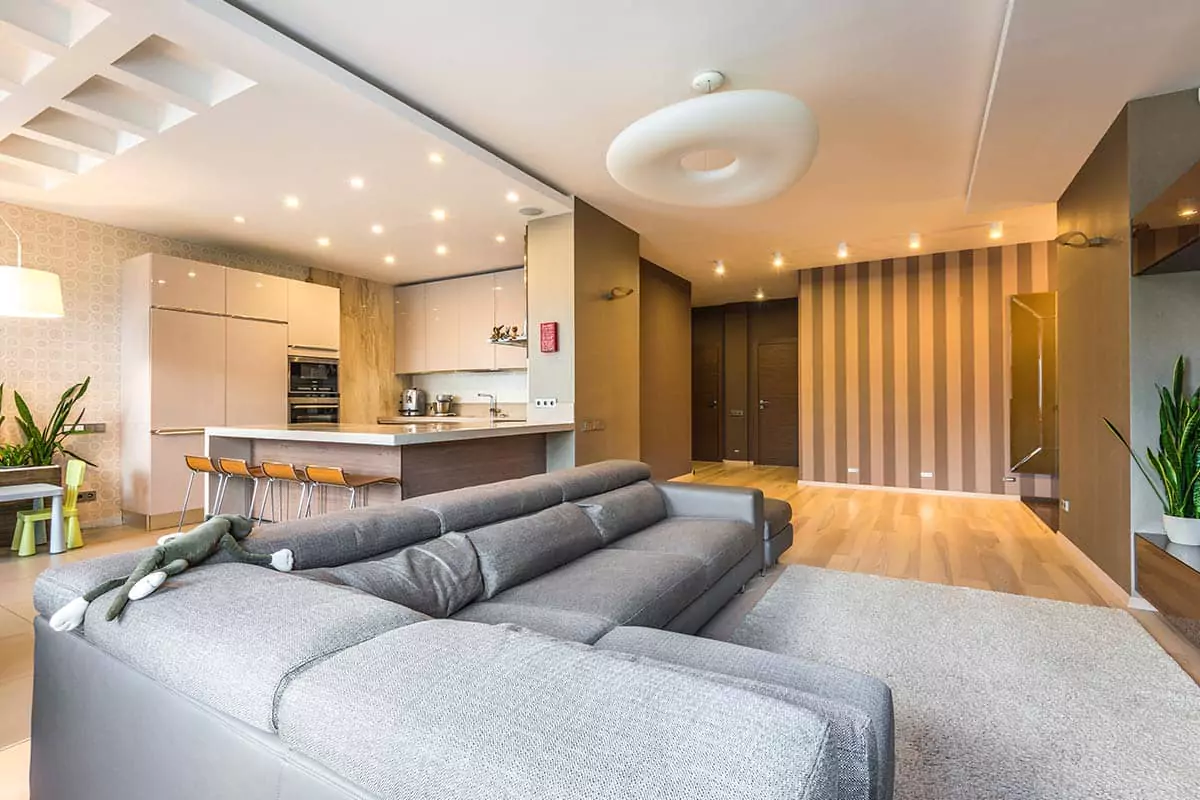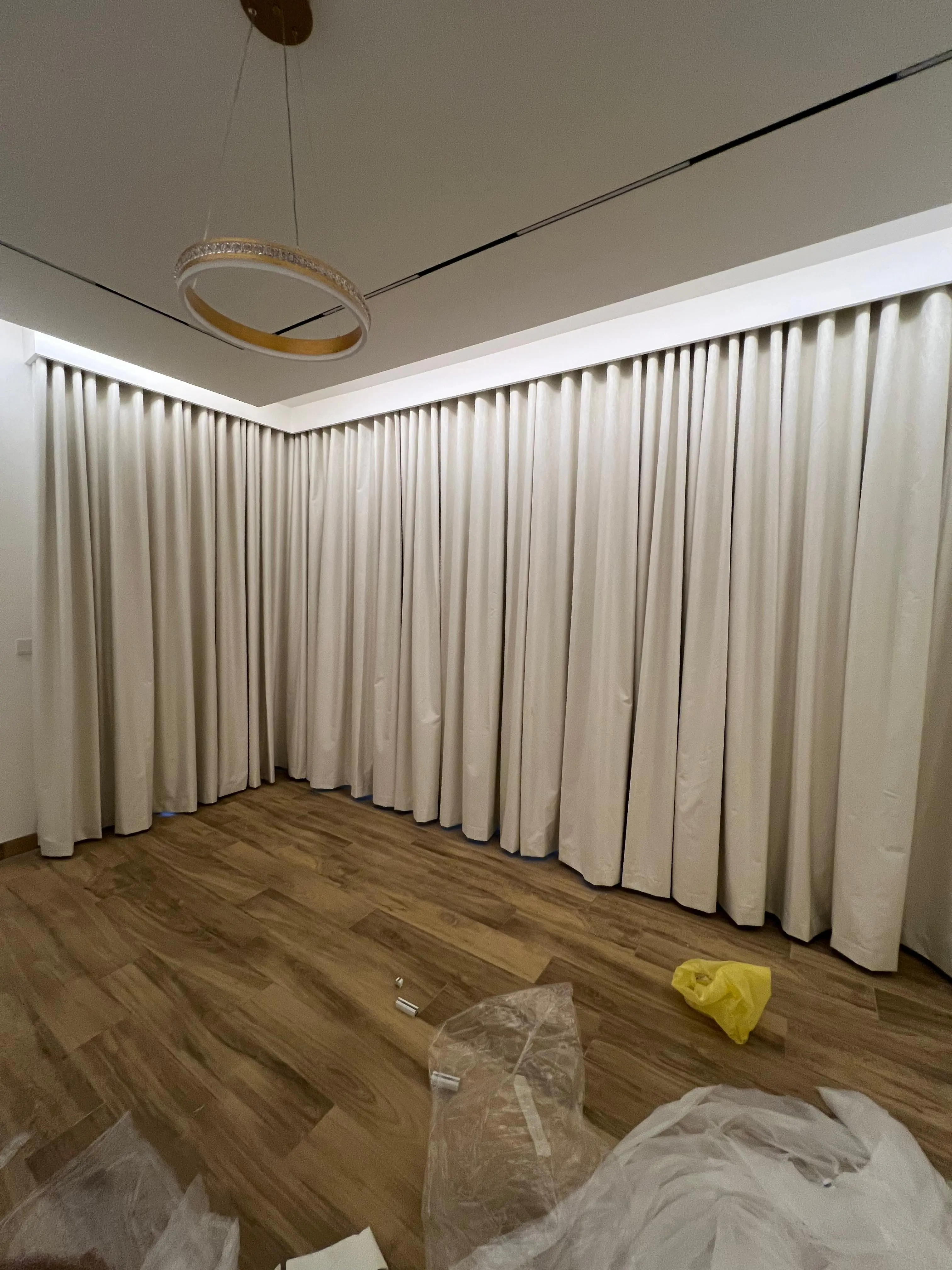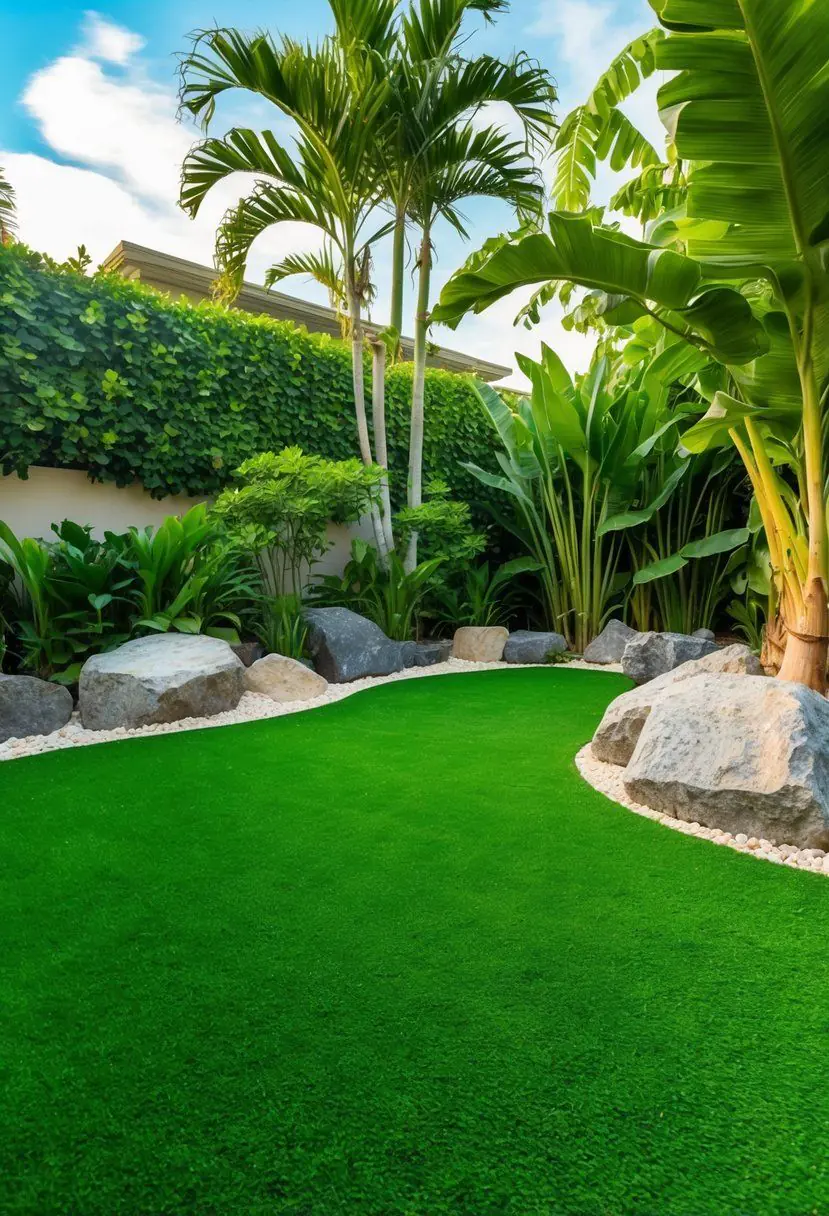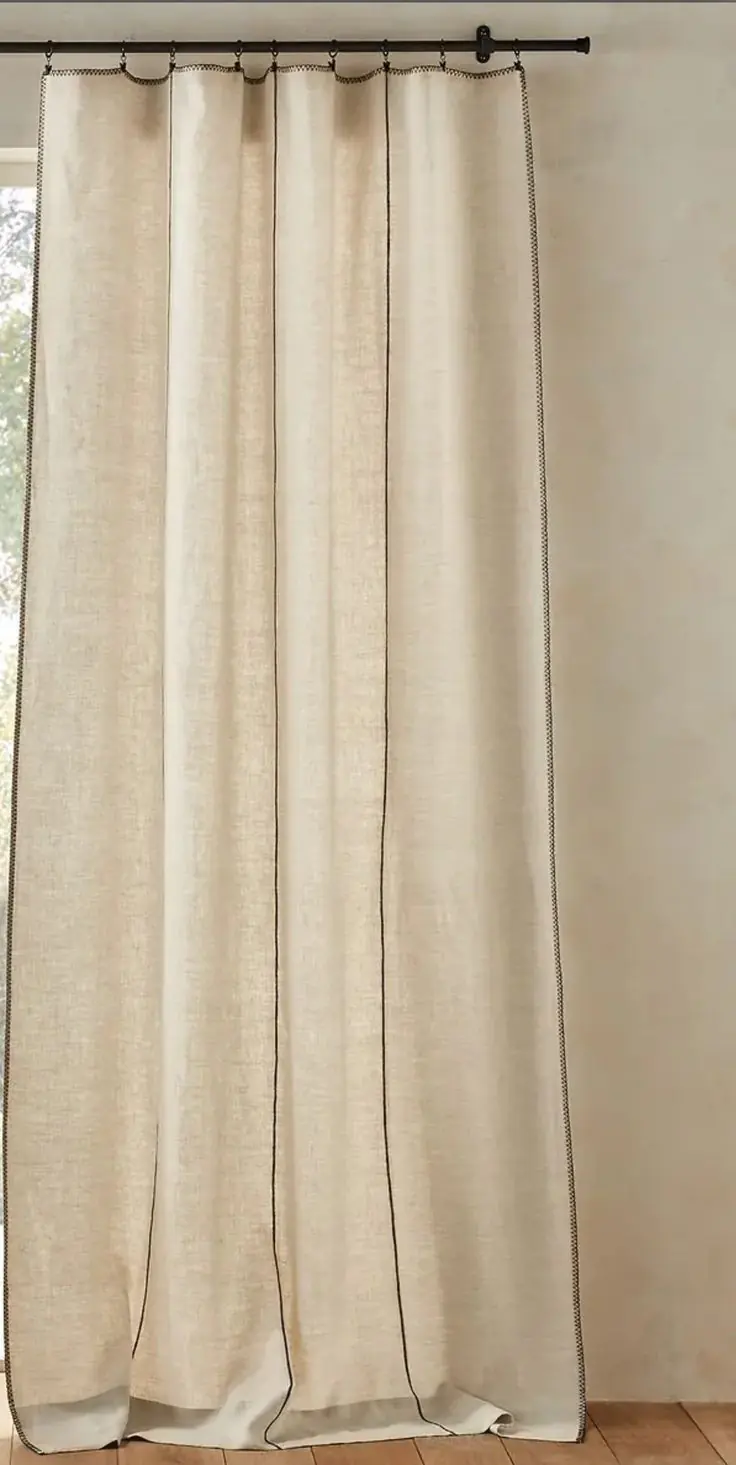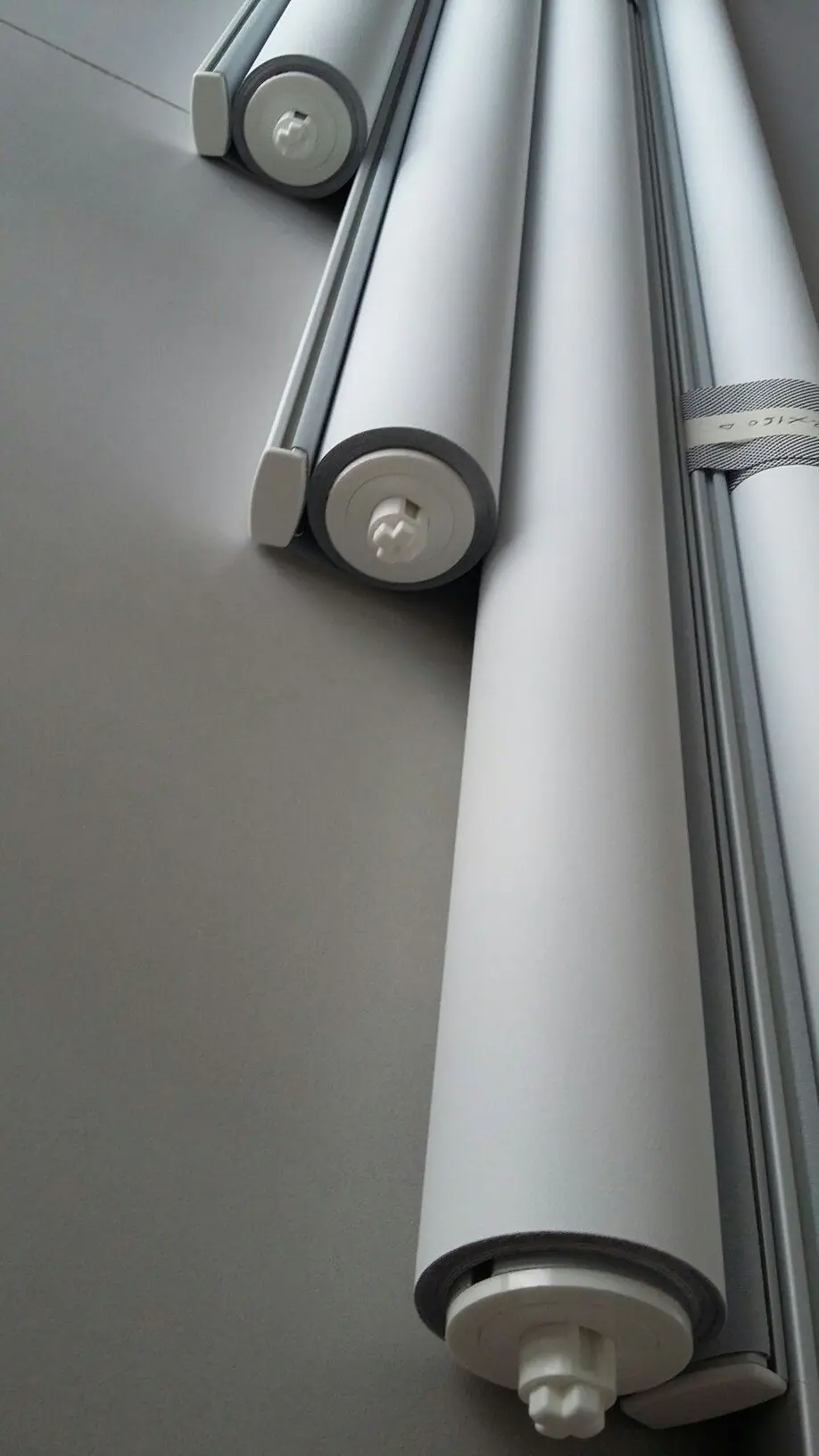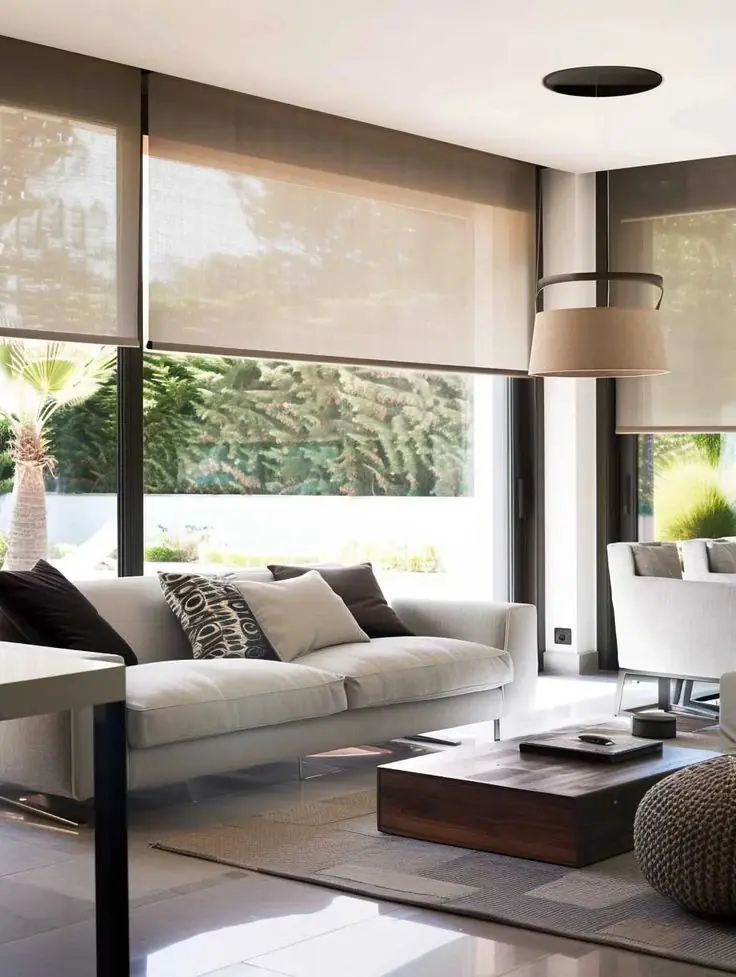On a hazy Friday morning in Dubai, the city floated outside the glass like a silver mirage. Amal walked along her living room wall in Meydan with a pencil and a roll of masking tape. The wall was long, a stretch of white that felt too sharp for evenings and too empty for guests. She wanted softness, better acoustics during movie nights, and the freedom to hide storage along the wall when friends dropped by. The solution arrived as a simple idea, cover entire wall with curtains and let fabric turn a blank surface into a calm backdrop. What started as a Saturday project became a way to reshape the room without tearing down a thing.
This guide is written for apartments in JLT, studios in Business Bay, and villas across Arabian Ranches and Yas Island. It speaks in centimeters and AED, and it follows the path from planning to the last hook. You will learn how to hang full wall curtains safely, how to choose fabric for a long span, where to put rods or tracks, and how to get a neat finish that looks intentional in daylight and at night. If you prefer help at any point, you can book a friendly visit with Instylea for measuring and fitting across the UAE, but this article stays true to DIY and shows each step clearly.
- Why cover an entire wall with curtains?
- Essential Tools and Preparation for Covering an Entire Wall with Curtains
- Step-by-Step Guide on How to Hang Full Wall Curtains
- Choosing Curtains for Large Walls: Fabric, Layers, and Light
- Curtain Rod Placement Tips for Full Wall Coverage
- Common Curtain Measuring Mistakes to Avoid on Full Walls
- Layout Ideas When You Cover Entire Wall with Curtains
- Three UAE Room Stories
- Motor or Manual on a Full Wall?
- Care After You Hang Full Wall Curtains
- Quick Checklist You Can Screenshot
- AED Cost Sketch for a Full Wall
- Wall covering with curtains Dubai: A calm way to shape a room
Why cover an entire wall with curtains?
Covering a full wall does three quiet things at once. It calms reflections on TV screens, softens echo in tiled rooms, and creates a visual anchor so furniture feels like it finally belongs. In Dubai and Abu Dhabi, homes often carry long glass or blank gypsum planes. When you hang drapes edge-to-edge, the room reads warmer and taller. It also gives you a hidden zone behind fabric for slim storage, LED strips, or a cable run to tidy media units. Many people come to this project for looks and stay for the daily comfort. In short, wall covering with curtains Dubai is less about hiding a wall and more about giving a room a softer voice.
Essential Tools and Preparation for Covering an Entire Wall with Curtains
The success of a large install lives in the setup. Gather what you need, clear the room, and map the plan before picking up the drill. That is the difference between an all-day struggle and a three-hour session that ends with tea and neat folds.
Remove Extra Items from the Room Before Installation
First, make space. Move sofas 1 to 1.5 m away from the wall. Lift rugs. Pull side tables and plants out of the work zone. Lay a drop cloth along the skirting to catch dust. Keep a small bin nearby for anchors and screws. This is simple, but it decides how safe and quick the process feels. A clear path means cleaner drilling and fewer scratches.
Prepare the Walls for Full Wall Drapes Installation
Wipe the wall with a dry microfiber cloth. Check for flaking paint or loose plaster. Mark any power points or conduits with painter’s tape. In UAE buildings, hidden conduits can run vertically from sockets, so stay clear by at least 60 mm when you set bracket holes. If there is a sprinkler on the wall or from the ceiling, measure clearance, fabric should stay a safe distance away. If you plan ceiling tracks, confirm gypsum strength or locate a timber noggin. Where needed, choose heavy-duty anchors rated for your wall type.
Measure the Wall Dimensions Accurately
Write the wall span in centimeters from corner to corner, then measure floor to ceiling in three places, left, center, right. Record the smallest height if you want a crisp “kiss” length that sits just above the floor. For a soft break on the floor, add 2 to 4 cm. Decide whether the fabric will wrap slightly onto the side walls. If yes, add 5 to 7 cm per side for coverage. These numbers control both cost and comfort, because full coverage is what makes full wall drapes installation guide worth following.
Track/Rod span = wall width + optional side wrap (2 × 5–7 cm).
Fabric width = span × fullness factor.
Fullness guide: Wave × 2.0–2.2, Pleat × 2.2–2.5, Grommet × 1.8–2.2.
Choose the Right Curtain Type for Large Walls
For very wide spans, wave headings on ceiling tracks glide best and keep stacks neat. Pleats look formal and steady, but they weigh more. Grommets ride a rod, easy for casual rooms, though rods need strong brackets and good alignment when the span is long. If the wall hides storage, consider a double system, sheer in front for day, dim-out or blackout behind for night. In hot west-facing rooms, triple-weave dim-out protects furniture from fading.
Select Appropriate Curtain Rods for Full Wall Coverage
For long runs, ceiling tracks are more forgiving. They join with connectors and distribute load. If you prefer a rod look, choose a 28–35 mm diameter rod with center and intermediate brackets every 120–150 cm. For a very long wall, split the run into two or three rods with neat joiners at bracket points. When planning choosing curtains for large walls, balance the look with the reality of weight and movement. Heavier fabrics must slide with one hand, not a tug. That comes from the right hardware more than anything else.
Step-by-Step Guide on How to Hang Full Wall Curtains
With the tools lined up and measurements written twice, it is time to work. The steps below follow a clean order from marks to the last fold. Take your time with the first two steps, they decide the whole story.
Mark the Placement for Curtain Rods
Use a level, a pencil, and painter’s tape. If ceiling mounting, mark a straight line 40–60 mm from the face of the wall so fabric clears skirting and switches. If wall mounting a rod, set height either at the ceiling line or 15–20 cm above the window frame for taller walls. Extend the marks the full span so you can see the path end to end. Check that the line stays at least 50 mm away from a sprinkler head and does not collide with AC grilles or linear diffusers. This step is where DIY wall curtain installation wins or loses. A true line feels calm from across the room.
Make Anchor Holes for the Rods
Hold each bracket or track clip against the marked line. Mark hole centers through the hardware. For tracks, plan a clip roughly every 50–60 cm and 10–15 cm from ends. For rods, place brackets at ends, center, and then every 120–150 cm as needed. If you are in a rental and cannot hit concrete, choose high-quality gypsum anchors rated for the curtain weight. For concrete, use standard wall plugs sized to the screw. Do a dry layout with clips on the floor to double check spacing before drilling.
Drill the Holes Safely and Precisely
Wear safety glasses. If drilling concrete, use a hammer drill with an 8 mm masonry bit for common plugs, check your anchor size first. For gypsum, use a pilot hole for metal anchors or screw-in anchors as specified. Drill straight, not at an angle. Vacuum dust immediately. Insert anchors flush with the surface. Tight anchors make everything feel professional, your hands will feel the difference when the track clicks in.
Hang Your Curtain Rod and Drapes
Fix clips or brackets first, then mount the track or rod. If your span requires connectors, slide them in and tighten gently. With tracks, click carriers in before lifting overhead. With rods, slide rings on before fixing finials. Hang panels starting from the center out, especially on double tracks. For wave headers, follow the pocket sequence as specified by your tape so folds land evenly. For pleats, count hooks and keep spacing consistent. For grommets, keep the leading ring positioned to face the room for a centered start.
Apply Final Finishing Touches for a Polished Look
Close the curtains and stand back. Check the hem line. If the floor is slightly uneven, gently rotate hooks up or down one pocket to level. Comb folds by hand so they learn their path. Pinch every third fold and set the rhythm. If you planned a double layer, set a small time gap on a motor or just coach your hand so the sheer closes first and the dim-out follows. Add discreet cable clips for any LED strip behind the fabric. The wall now reads as one soft plane, the exact promise of a full wall drapes installation guide done well.
Choosing Curtains for Large Walls: Fabric, Layers, and Light
A long wall multiplies whatever fabric you pick. Texture, weight, and color do not whisper on a big span, they speak clearly. Choose with that in mind.
Face Fabrics That Behave on Long Runs
Plain weaves in stone, pearl, oat, or greige look graceful across meters of wall. Linen-look blends give depth without fuss. Velvet controls sound and light but feels heavier on the track. Printed fabrics can work, but repeat and scale must be measured to avoid a busy mood. In bright rooms, mid tones hide dust better than pure white or deep charcoal. If your goal is to cover entire wall with curtains and forget the wall, quiet texture beats loud pattern nine times out of ten.
Sheer + Dim-Out or Blackout
Most UAE homes like a double system. Sheer for daytime privacy and glow, dim-out or blackout for night. On a full wall, the sheer becomes the “day costume” of the room. Pick a tone that flatters your sofa and floor. Keep the night layer a cousin of the sheer so the change from day to night feels natural.
Acoustic and Thermal Notes
Heavy cloth reduces echo in tiled rooms. Interlining deepens folds and adds mass, helpful near roads. Triple-weave dim-out protects floors and sofas from UV. If the wall faces west, lighter exterior faces with strong lining keep heat down. These are not luxuries, they are comfort pieces you feel every day.
Curtain Rod Placement Tips for Full Wall Coverage
Hardware is the skeleton under the fabric. A good skeleton stays invisible and strong.
- Ceiling tracks: easiest way to span long distances. Use connectors and add a clip every 50–60 cm. Plan returns of 7–10 cm to block side light.
- Wall rods: choose 28–35 mm, add support brackets every 120–150 cm. For very long spans, split runs and hide joins at bracket points.
- Overlap: use master carriers so panels cross at the center. This removes the light line and looks hotel neat.
- Height: go ceiling-high for the tallest look. If wall mounting, set at least 15–20 cm above the frame.
When writing down curtain rod placement tips for your project file, sketch a simple line drawing with bracket spacing. It saves questions later and keeps drilling calm.
For rods: add 30–45 cm per side on large spans so panels park off the glass. For tracks: rely on returns and overall span to keep glass clear.
Wave × 2.0–2.2, Pleat × 2.2–2.5, Grommet × 1.8–2.2. More fullness = deeper folds, heavier look.
Common Curtain Measuring Mistakes to Avoid on Full Walls
Big projects magnify small errors. These are the ones that show up most often and how to avoid them.
Placing the Curtain Rod Too Low
Low lines shorten the wall. If you can, mount to the ceiling. If not, go as high as possible above the frame. A high line makes the wall feel grand and gives room for taller panels that hide the frame edge.
Not Considering Fullness and Fabric Flow
Flat panels look mean and fight light. Plan fullness with the heading in mind. It affects price, weight, and daily glide. Write the factor next to your width in your order notes. That single line saves a week of back-and-forth later.
Using the Wrong Tools on UAE Walls
Cloth tapes stretch, laser meters bounce on shiny tiles. Use a steel tape, a small level, and the right anchors for gypsum or concrete. Photograph your marks and keep them in a folder labeled by window and date. This habit keeps the project tidy from start to finish.
Layout Ideas When You Cover Entire Wall with Curtains
A full wall opens playful options you might not consider on a small window.
- Hidden storage: park low cabinets behind the fabric. Add a thin LED strip on the floor behind the hem for a floating effect at night.
- Media wall rescue: if wires or consoles look messy, the curtain turns chaos into a calm plane. Leave access gaps at skirting level for cables.
- Room divider: in studios, a full-wall run across an open side creates a backdrop for a sleeping zone without building anything.
- Soft gallery: art looks stronger when the background is quiet. A stone or pearl sheer across a wall makes frames pop.
Three UAE Room Stories
Dubai Marina Living Room, West Light
Span 4.2 m, ceiling to floor 2.9 m. Double track with stone sheer in front and charcoal dim-out behind. Returns 9 cm, center overlap. Result, glare control at 16:00 and a cozy night scene that makes the TV look sharper.
Meydan Townhouse, Long Blank Wall
Span 5.0 m, height 2.8 m. Wave header × 2.1 fullness on a continuous ceiling track. Oat sheer, mushroom dim-out. Hidden shoe cabinets behind one section. The wall now works as a tidy entry scene.
Sharjah Study, Echo Problem
Span 3.6 m, height 2.7 m. Velvet face with interlining on a track, single layer. Echo dropped, calls sound clearer, and the bookshelf colors look richer against the soft field.
Motor or Manual on a Full Wall?
Motors add comfort on long runs. A quiet open in the morning, a soft close at night. If you choose motors, plan power near one end and pick a system with soft start/stop so folds set calmly. If you stay manual, wave tracks give you the smoothest glide for daily use. Either way, the rule holds, hardware decides habit. Choose a path that your hands and mornings can live with.
Care After You Hang Full Wall Curtains
Dust loves folds. Keep a light routine and the wall will look new for years.
- Vacuum: brush attachment from top to bottom every 1–2 weeks.
- Steam: monthly quick pass from 10–15 cm away. It resets folds and lifts mild odors.
- Wash: sheers quarterly if washable, dim-outs as per label. Heavy or interlined drapes prefer professional cleaning once a year.
- Rotate tiebacks: if you use them, change position so the same fold does not fade.
If you prefer a service that handles removal, cleaning, and rehanging, a quick booking with Instylea keeps the routine simple. The team can also check overlap arms and side returns during the visit.
Quick Checklist You Can Screenshot
- Clear room, lay a drop cloth.
- Measure span and height (left, center, right). Decide side wrap.
- Choose heading and fullness. Write the math.
- Select hardware, track vs rod, anchors based on wall type.
- Mark line with level, plan clip/bracket spacing.
- Drill, fix anchors, mount clips or brackets.
- Install track/rod, then carriers/rings.
- Hang panels center-out, set overlap and returns.
- Comb folds, level hems, photograph the finish.
AED Cost Sketch for a Full Wall
| Item | Typical Range (AED) | Notes |
|---|---|---|
| Ceiling track per meter | 60–180 | More for heavy-duty or motor-ready |
| Rod with brackets per meter | 80–200 | Brackets every 120–150 cm |
| Sheer fabric per meter | 20–90 | Light colors show less dust |
| Face fabric per meter | 35–120 | Linen-look, velvet, plain weave |
| Blackout/triple-weave per meter | 20–70 | Thermal options cost more |
| Motorized track (each short span) | 900–1,400+ | Long spans and smart integration higher |
Prices vary by brand and height. The numbers above help you plan. Measure first, then ask for quotes so you are comparing like with like.
Wall covering with curtains Dubai: A calm way to shape a room
Rooms remember how you treat them. When fabric runs wall to wall, echoes soften, light behaves, and your furniture feels grounded. If the steps above look long, remember, they compress into a few clear hours with steady hands. You may even enjoy the rhythm, mark, drill, click, hang, comb. If you prefer company, a quick Instylea home visit gives you the same path with fewer ladders.
Frequently Asked Questions (FAQs)
Explore the finest interiors in the UAE market. Step inside stunning spaces. browse now!
